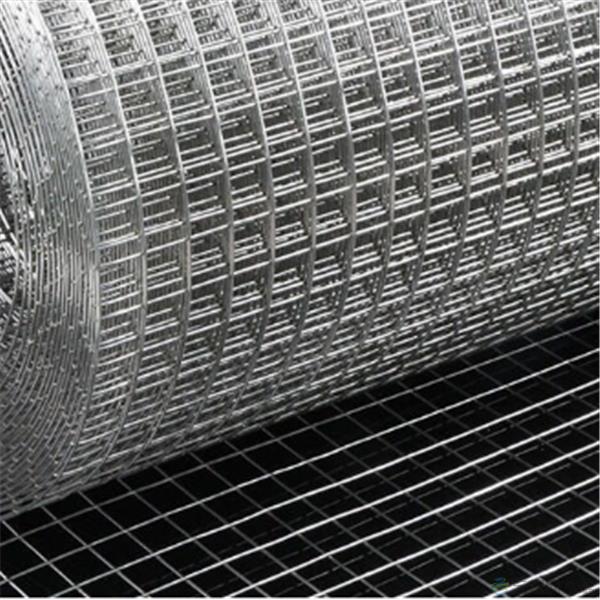Search Product
Search here for what you are looking for:
Search here for what you are looking for:
Protective nets play a vital role in slope stabilization and environmental preservation, offering effective solutions for erosion control, landslide prevention, and ecological restoration. In this article, we will delve deeper into the significance of protective nets in these areas and highlight their contributions to sustainable development.
Slope Stabilization: One of the primary applications of protective nets is slope stabilization. Slopes are prone to erosion and landslides, which can lead to severe consequences such as property damage, soil loss, and even loss of life. Protective nets provide a reliable barrier against erosion by preventing the detachment and transportation of soil particles. They effectively hold the soil in place, enhancing slope stability and minimizing the risk of landslides.
Erosion Control: Erosion is a natural process caused by wind, water, and gravity. However, human activities such as construction, deforestation, and improper land management can accelerate erosion rates, causing significant environmental damage. Protective nets serve as erosion control measures by reducing the impact of water flow and wind on the soil surface. They promote the infiltration of water into the soil, preventing surface runoff and sedimentation in nearby water bodies.
Ecological Restoration: Protective nets also contribute to ecological restoration efforts. Construction projects and natural disasters often result in the disturbance or destruction of ecosystems. By using protective nets, it becomes possible to restore vegetation cover on slopes and facilitate the establishment of new plant communities. The nets provide a supportive structure for the growth of vegetation, protecting newly planted seeds or seedlings from erosion, wind, and other adverse conditions.

Soil Conservation: Soil conservation is a critical aspect of sustainable land management. Protective nets help conserve soil by reducing soil erosion rates and preserving its fertility. By preventing the loss of topsoil, protective nets retain essential nutrients and organic matter necessary for plant growth. This promotes healthy soil conditions, enhances ecosystem resilience, and supports long-term agricultural productivity.
Water Quality Protection: Erosion and sedimentation in water bodies can have detrimental effects on water quality. Sediments carry pollutants such as fertilizers, pesticides, and heavy metals, which can contaminate water sources and harm aquatic ecosystems. Protective nets play a crucial role in protecting water quality by reducing sediment transport, thus minimizing the pollution risks associated with erosion.
Aesthetics and Landscape Integration: In addition to their functional benefits, protective nets offer aesthetic advantages and contribute to landscape integration. The mesh structure of the nets allows for the establishment of vegetation, creating a visually appealing green cover on slopes. The integration of protective nets with the surrounding environment enhances the overall aesthetics, making them suitable for urban and natural landscapes alike.
Long-Term Durability: Protective nets are designed to withstand environmental conditions and have a long service life. They are made from high-strength materials that exhibit excellent resistance to corrosion and degradation. This durability ensures that protective nets remain effective over extended periods, providing continuous slope protection and environmental preservation.
In conclusion, protective nets are essential tools in slope stabilization efforts and environmental preservation projects. By preventing erosion, promoting vegetation growth, conserving soil, protecting water quality, and enhancing landscape aesthetics, these nets contribute to sustainable development and the preservation of natural resources. The use of protective nets showcases a commitment to responsible land management practices, ensuring the long-term stability and ecological integrity of slopes and surrounding environments.